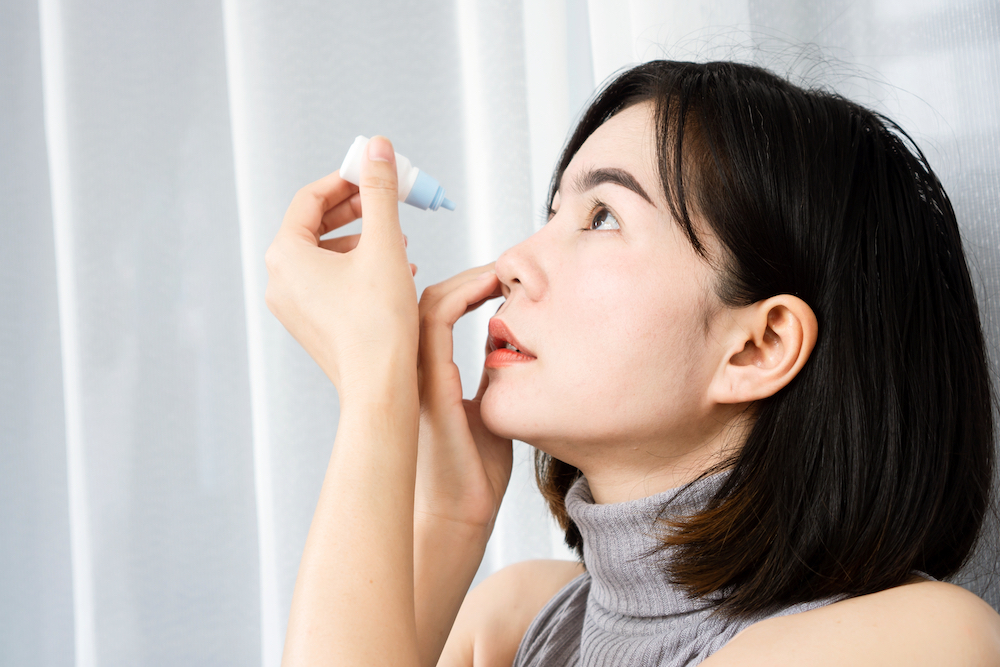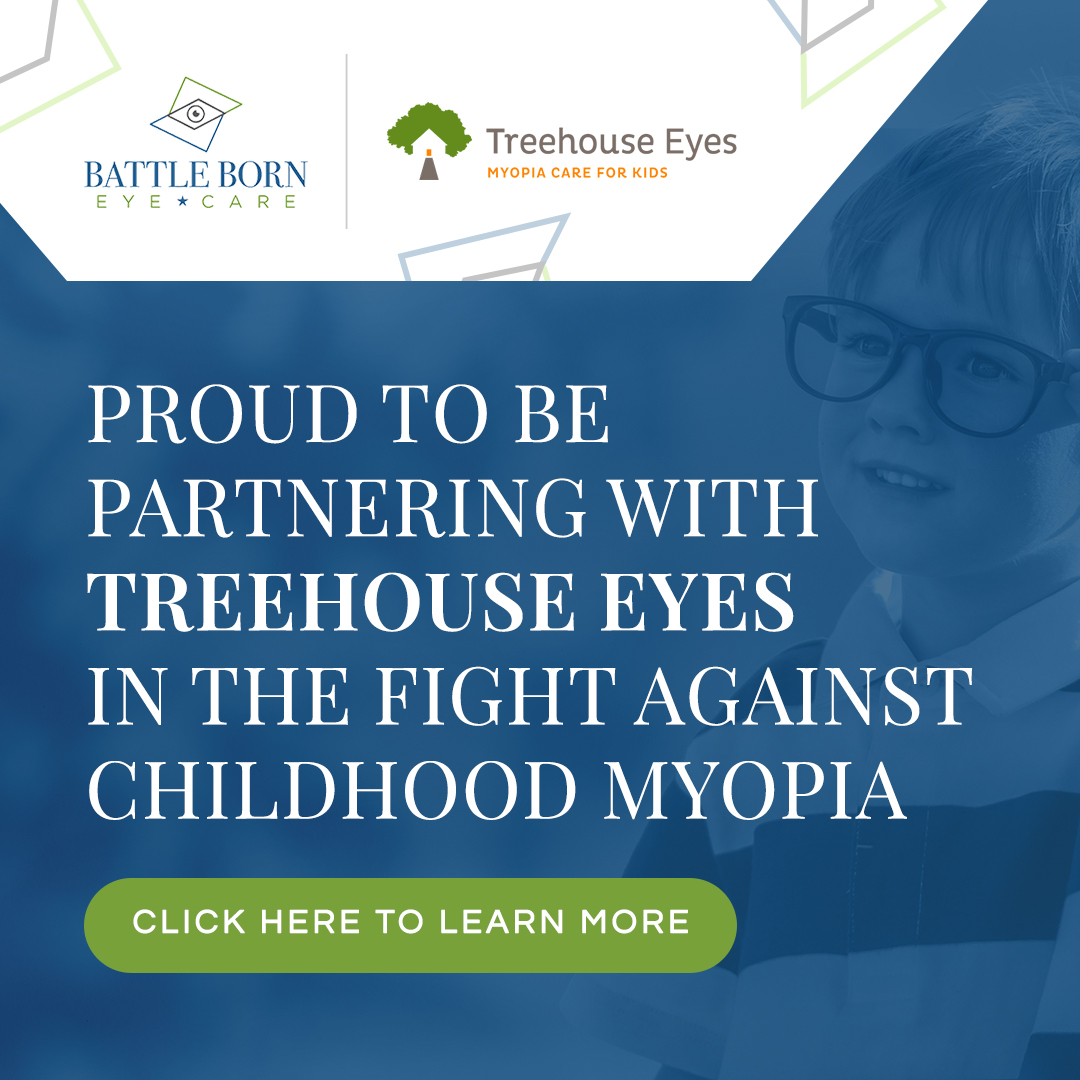
Myopia progression has been moving at an unprecedented rate. According to eye care professionals, myopia is on the rise due to many reasons. These include a decrease in time spent outdoors and an increase in near-work activities and demands. Fortunately, there are treatments that can help.
What Is Myopia?
People with myopia, or nearsightedness, can see objects close to them clearly. However, those further away tend to appear blurry. Nearsightedness results from the eye’s shape causing rays of light to bend or refract incorrectly. Rather than focusing on the eye’s retina, images focus before reaching it. Myopia can develop slowly or rapidly and can run within a particular family. Often, this condition tends to worsen during childhood and adolescence.
Symptoms of Myopia
To confirm whether you have this vision condition, you simply need to get a basic eye exam. However, certain symptoms are common in nearsighted people. These include:
Difficulty driving, especially at night
Distant objects appearing blurry
Headaches due to straining
The need to partially close your eyelids or squint to see clearly
When to See an Eye Doctor
To determine whether you need to see an eye doctor, you need to ask yourself a few questions:
Do you find it difficult to see distant objects?
Do distant objects look blurry?
Are you finding it difficult to perform certain tasks as well as you used to?
Is your vision problem preventing you from enjoying or participating in certain activities?
What Is Atropine?
Atropine is a substance that tends to relax the muscles in your eye. This causes your pupil to dilate or widen, preventing it from responding to light. If you suffer from an inflammatory condition, your eye doctor may use atropine to dilate your pupil. Its effects can also be helpful in post-surgery situations.
Atropine Therapy
Due to the massive increase in myopia cases, especially among kids, eye care experts have been conducting studies focused on slowing its progression. One of the therapies they have been studying is low-dose atropine. According to some ophthalmologists, it emerged as one of the most effective approaches to slowing down the advancement of nearsightedness.
Researchers have been studying the safety and effectiveness of atropine when it comes to delaying the progression of myopia. However, they are yet to agree on the optimal dose. The exact way in which atropine slows down the advancement of nearsightedness is still unclear.
However, according to scientific observations, low-dose atropine can significantly reduce the development of certain refractive errors like myopia. It induces mydriasis in the eye by preventing the circular pupillary sphincter muscle contraction. This allows for the easier contraction of the radial iris dilator muscle, leading to the paralysis of accommodation.
Low doses of atropine have minimal effects on close-up reading vision and pupil size. Thus, this type of therapy is an attractive option for myopia control. Researchers are conducting studies to investigate the effectiveness of atropine in different formulations. However, according to current evidence, concentrations of at least 0.025 percent are the safest and most effective option for myopia management.
To learn more about atropine therapy or to book an appointment, call Battle Born Eye Care at our office in Reno, Nevada at (775) 360-6446 today.











